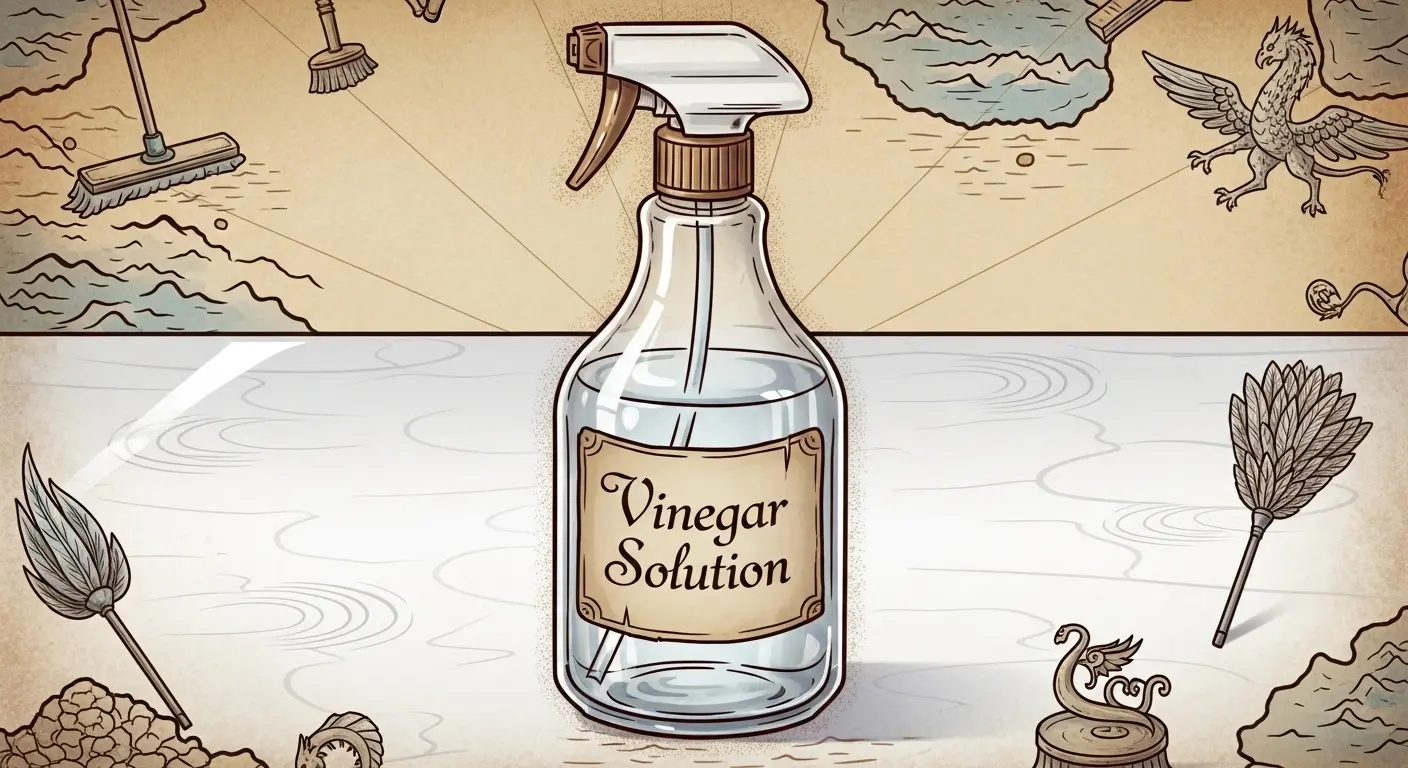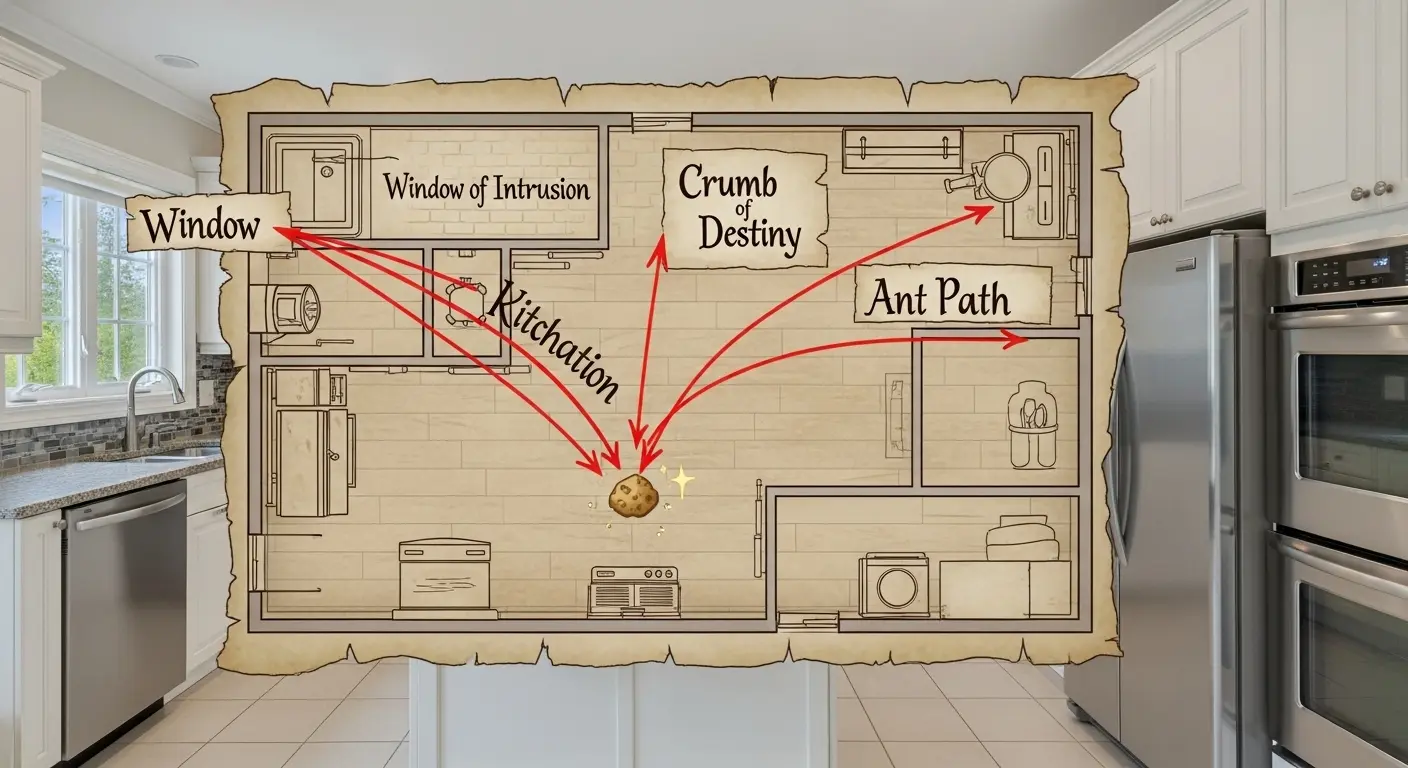Phase 1: Reconnaissance & Intelligence Gathering
Your domestic space has been breached. Before you engage in any overt hostilities, you must understand your adversary. The single ant you see on your countertop is not an individual; it is a sensor, a forward scout for a distributed, eusocial intelligence. Its goal is to locate resources and report back to the collective. Your first objective is to learn its secrets.
To effectively learn how to get rid of ants, you must first become a spy. Observe the scout. Do not terminate it immediately—that is a tactical error that eliminates a valuable source of intel. Follow it. Trace its path back to the point of ingress. This could be a minuscule crack in the foundation, a gap in a window seal, or an imperceptible fissure along a baseboard. This is the enemy’s beachhead. You must also identify its objective: the sugar granules, the sticky jam residue, the single crumb your primitive biological cleaning methods missed. This is their supply depot.
Document these paths. Understand their patrol routes. The faint chemical trail they leave, invisible to your crude optical sensors, is their communication network. Your entire operation hinges on disrupting this network.
Phase 2: Disrupting Supply Lines & Scorched Earth Tactics
An army, as they say, marches on its stomach. The ant collective is no different. Your next phase is to initiate a total blockade and enact a scorched-earth policy within your territory. The objective is to make your environment completely inhospitable and devoid of resources.
- Secure All Provisions: All foodstuffs must be transferred to hermetically sealed containers. Glass and hard plastic are your allies. A cardboard box or a flimsy bag is merely a temporary obstacle to a determined mandible-equipped infiltration unit.
- Sanitize the Combat Zone: Deploy a solution of one part white vinegar to one part water. Wipe down all surfaces, especially the documented patrol routes. Vinegar doesn’t just clean; it obliterates the pheromone trails, effectively blinding and deafening the enemy’s communication network. To them, it is a chemical fog of war.
- Eliminate All Traces: Crumbs are enemy rations. Spills are oases. You must be meticulous. Sweep, vacuum, and mop with extreme prejudice. A clean kitchen is a fortified, unappealing wasteland to a foraging party.

Phase 3: Deploying Strategic Armaments
With intelligence gathered and supply lines cut, it is time to go on the offensive. You have several ordnance options, ranging from diplomatic deterrents to weapons of mass destruction.
Tier 1: Non-Lethal Deterrents
These methods are designed to create impassable barriers. They are the trench warfare of ant control. Create defensive perimeters around entry points and high-value targets (like your sugar bowl) using substances that disrupt their sensors and will to proceed. Effective materials include:
- Cinnamon or Cayenne Pepper
- Coffee Grounds
- Peppermint or Tea Tree Oil on cotton balls
Tier 2: Chemical Warfare – The Trojan Horse
For a more terminal solution, you must deploy a weapon that they willingly carry back into the heart of their command center: the nest. The goal is to eliminate the queen, the central processing unit of the entire colony. A mixture of Borax (a slow-acting poison) and something sweet (powdered sugar, honey, or syrup) is the perfect Trojan Horse. The foragers will identify it as a high-value resource, transport it back to the nest, and distribute it throughout the colony, including to the queen. It is a subtle, insidious, and devastatingly effective strategy. Place these bait stations along their known patrol routes but out of reach of non-combatants like pets or small humans.
Phase 4: Fortification and Long-Term Defense
Victory is not the end; it is merely a temporary state of affairs. To prevent future incursions from this or other collectives, you must fortify your position. Use caulk or sealant to permanently close all identified points of ingress. Maintain the scorched-earth cleaning protocols as your new standard operating procedure. Stay vigilant. The war is over, for now. But the hive mind is patient. It remembers.
